Towns and cities were often sited on rivers. Besides providing fresh water for drinking and irrigation, rivers provided a convenient means of transport and created natural boundaries and defenses.
Britain has many examples of beautiful towns and cities built around rivers. Some even have their own medieval castles.
In the 2nd century AD, the great Hellenistic writer Ptolemy described a river that ran through the steep vale of the South Downs of Provincia Britannia (Roman Britain) as Trisantonis, from an ancient Celtic language meaning “the trespasser”.
He was alluding to the river’s propensity to flood its lower reaches close to the sea. But in its upper reaches, it flowed quickly, and smoothly, and locals called it Arno meaning “run”.
And so it is believed that the town of Arundel means “dell of the flowing river”.

Arundel is home to the Dukedom of Norfolk—the premier Dukedom in the peerage of England. As such, the Duke is also the Earl of Arundel, the premier Earl. As if that wasn’t enough greatness for a single peer, he is also the hereditary Marshal of England—the Earl Marshal, a chivalric title under the sovereign of the United Kingdom.

Arundel Castle
Arundel Castle is the Duke of Norfolk’s home. Although the title refers to the county of Norfolk, Arundel is in West Sussex.
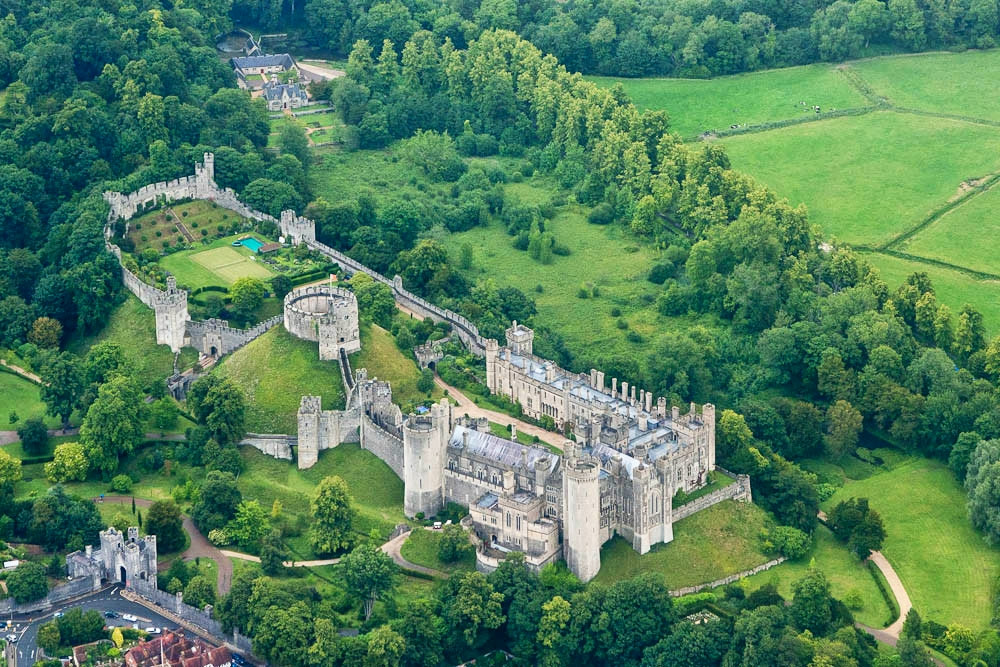
As the first Norman King of England, following the successful invasion of 1066, William the Conqueror set about dividing up the country among his Norman magnates.
Roger de Montgomery, a cousin and top lieutenant of King William, was declared first Earl of Arundel and established Arundel Castle, high on a hill, on Christmas Day of 1067.
And so began nearly 1000 years of history, with Arundel Castle handed down through successive generations of noble families, and sometimes reverting back to the crown.
The current owners are the Fitzalan-Howard family, 18th generation of the Dukedom of Norfolk—and they actually live at the castle.

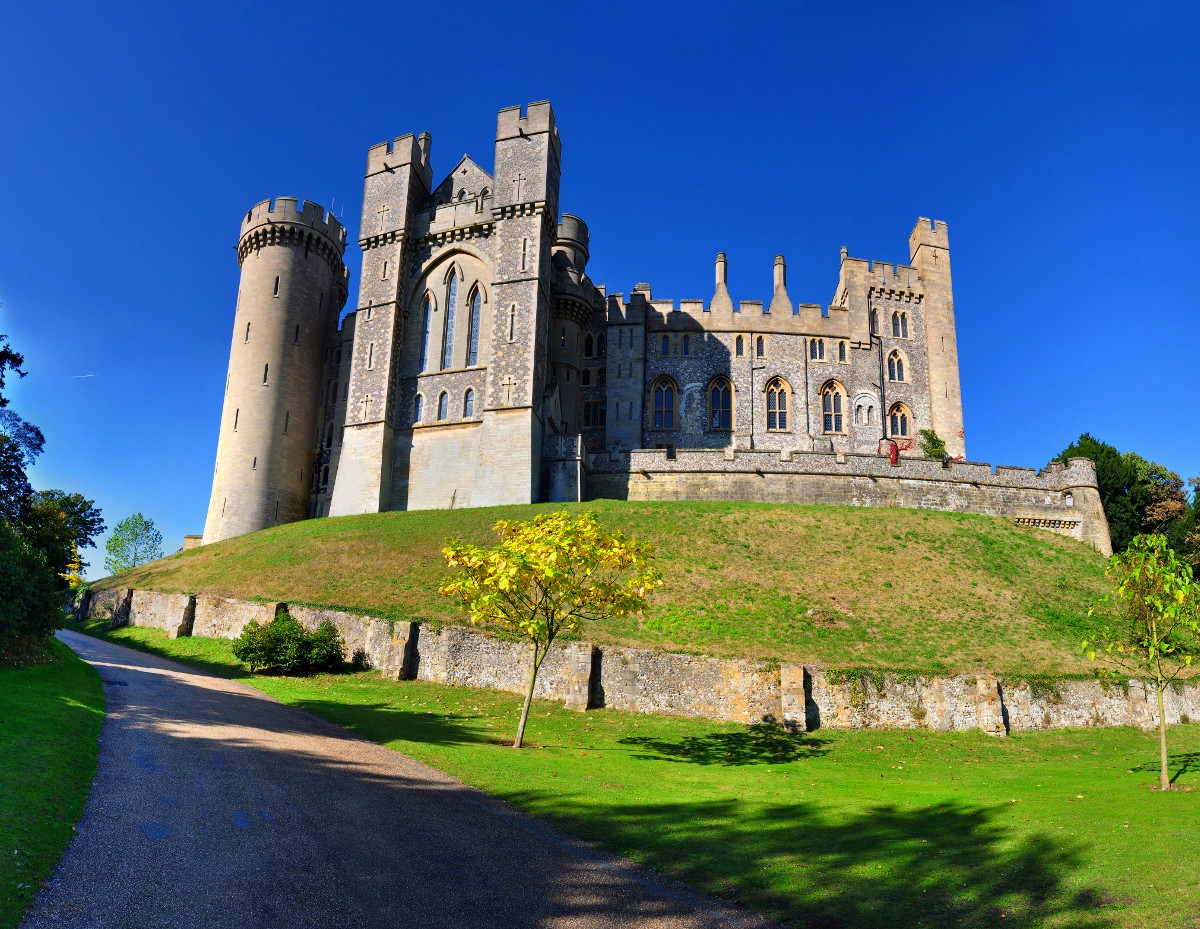
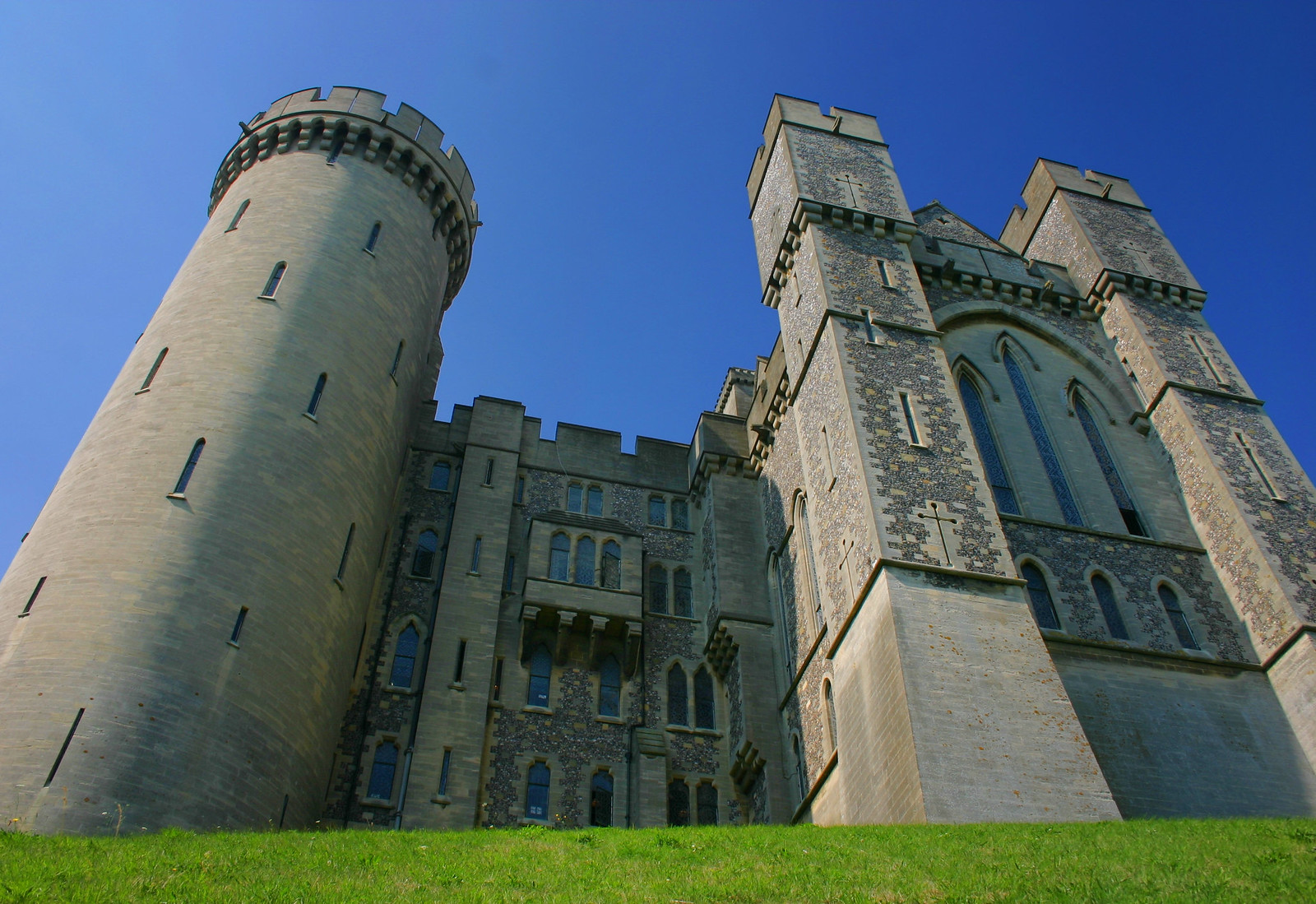
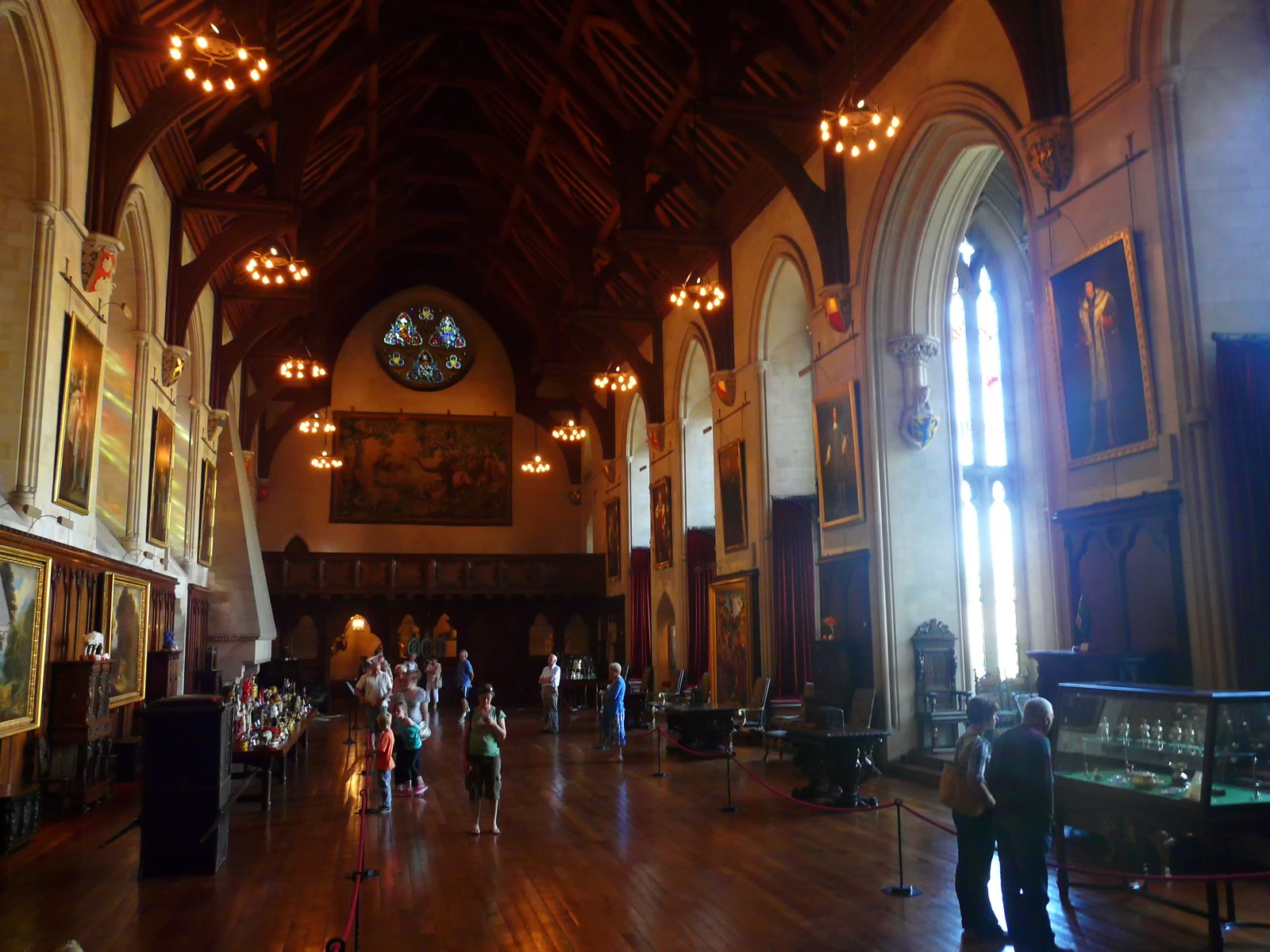
Fitzalan Chapel
14th-century St Nicholas Church sits on the western grounds of Arundel Castle and is one of only a few churches that is divided into areas of Catholic and Anglican worship.
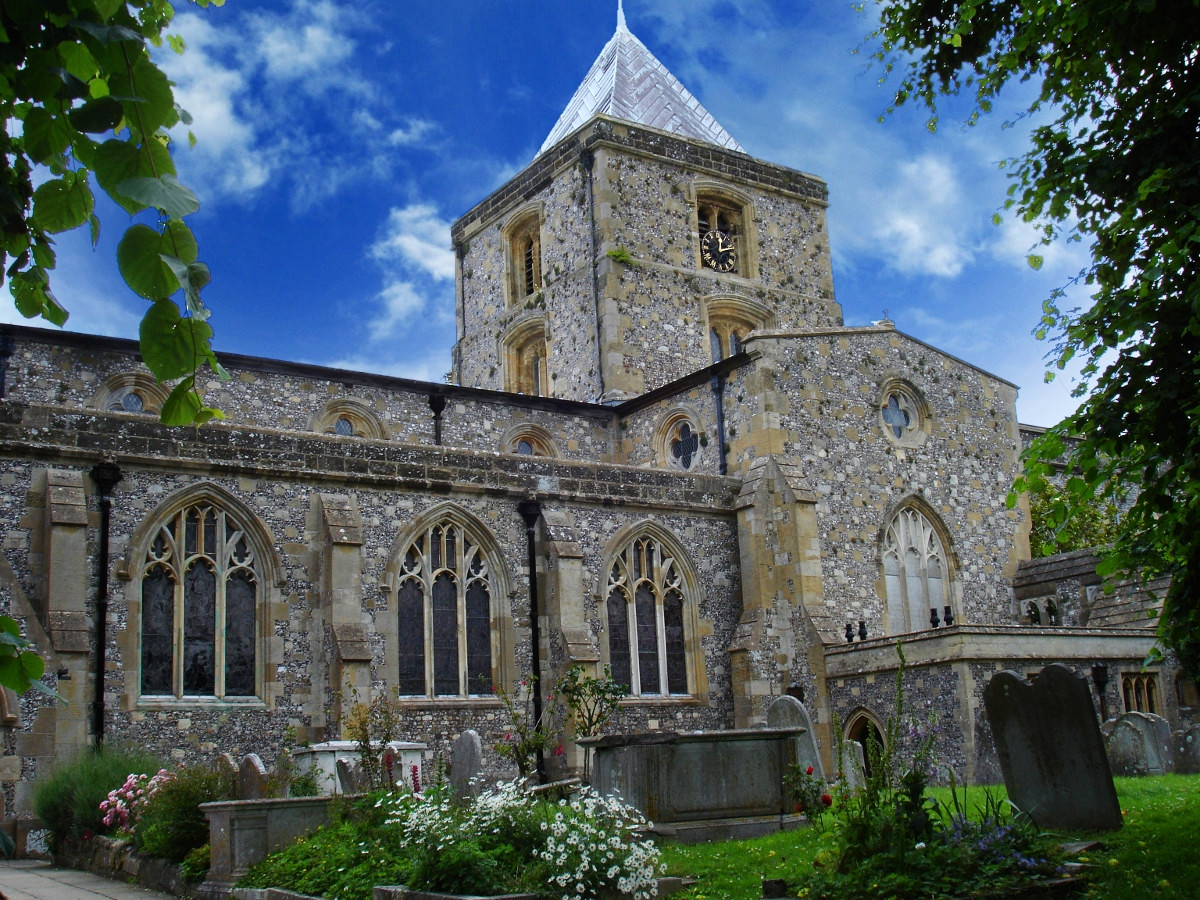
Its Catholic chapel is a private mausoleum of the Dukes of Norfolk and their families.

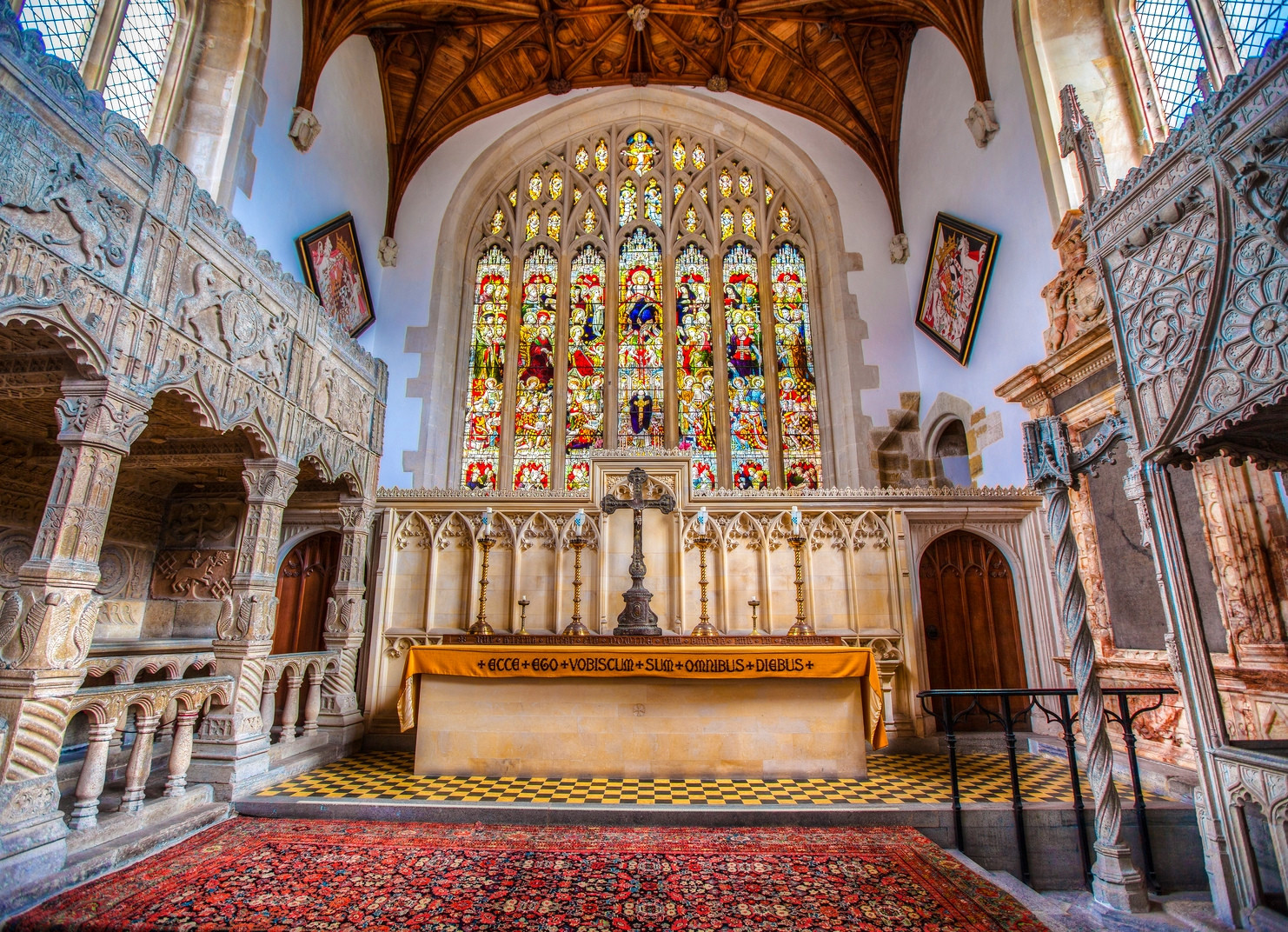
For nobles of high birth, it was common practice to place a recumbent effigy on top of their tomb.
A husband and wife were often depicted together, side by side in a state of eternal repose, awaiting resurrection.
There was also a period when cadaver tombs displayed the life-sized effigy of the person, as they were just before death, above a rotting cadaver in the macabre state of decomposition.
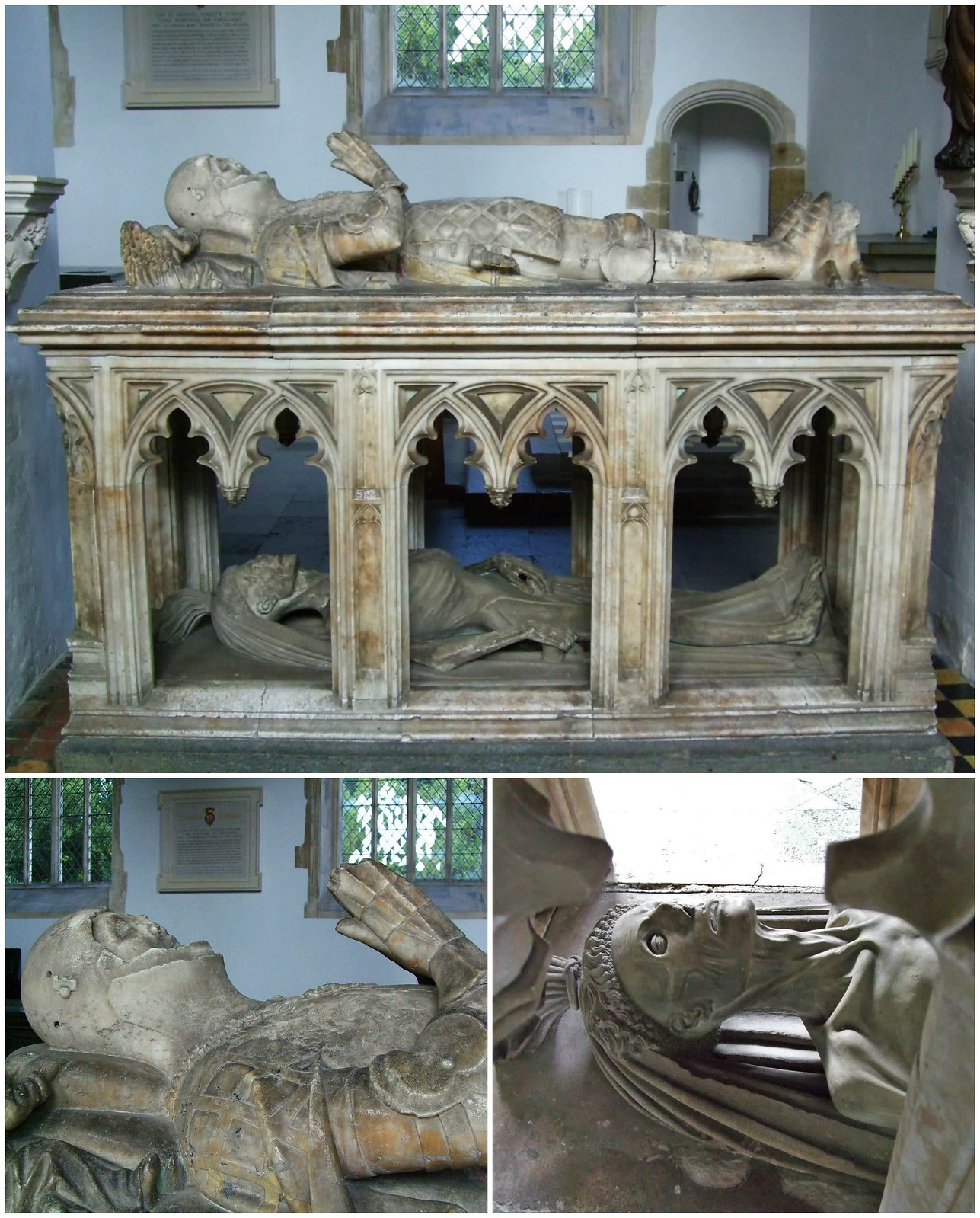
Arundel Cathedral
Suppressed from worship in 1664, the Roman Catholic Dukes of Norfolk could no longer attend a religious service in a Catholic church or cathedral until the Catholic Emancipation Act of 1829.
In 1868, the Duke of Norfolk commissioned a new Roman Catholic sanctuary in celebration of the 1850 restoration of Catholic hierarchy in England.
Complementing Arundel Castle’s medieval architecture, he chose the French Gothic style, which was popular between 1300 and 1400 at a time when the Dukes of Norfolk rose to prominence in England.
Arundel Cathedral is regarded as one of the finest examples of French Gothic Revival architecture in the country.

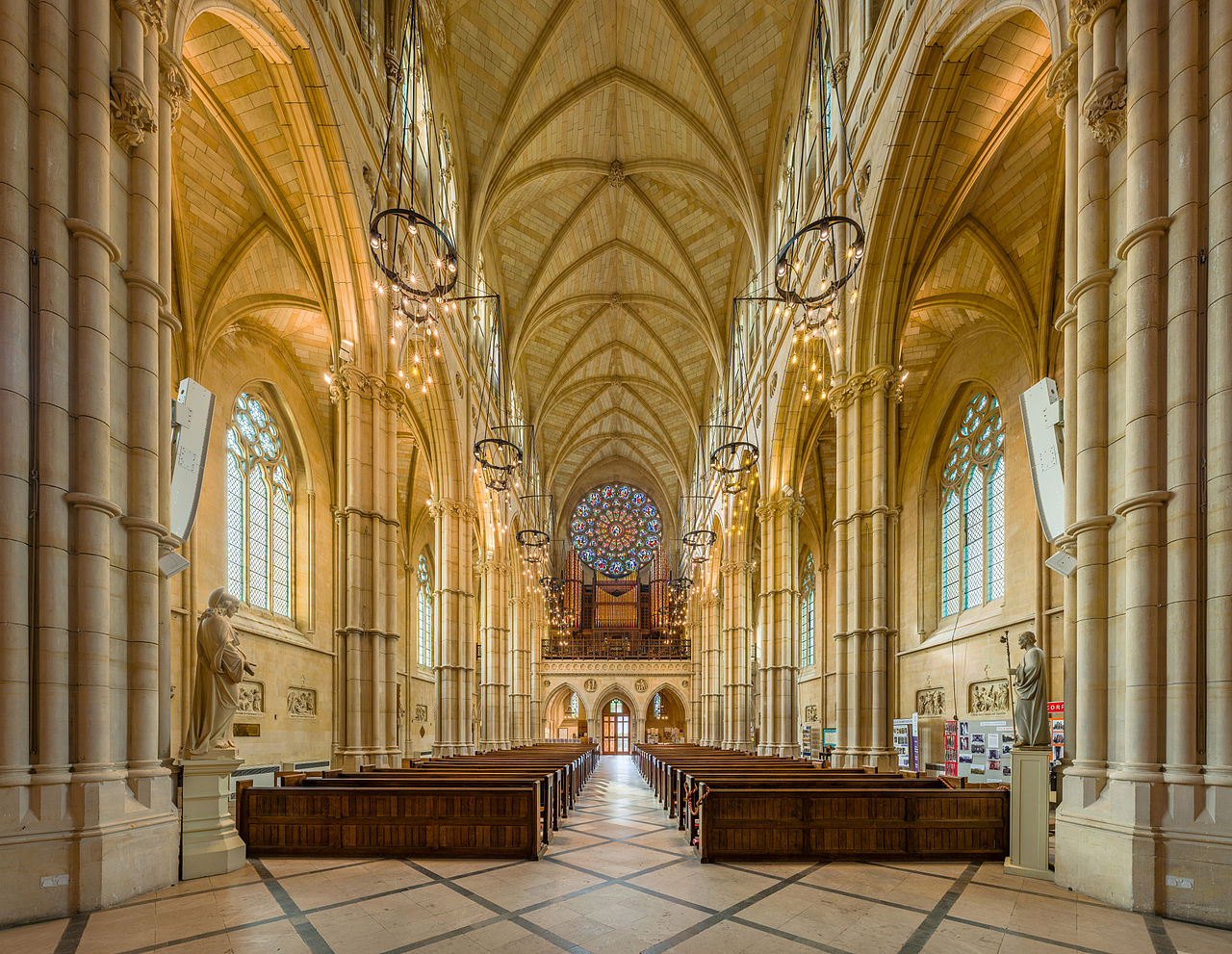

Arundel Town and Environs
Arundel’s pretty High Street rises up the hill towards the castle, it’s side walks lined with traditional shops and restaurants. There’s an old-fashioned butcher, a greengrocer, a second-hand bookstore, and even a shop specializing in walking sticks.
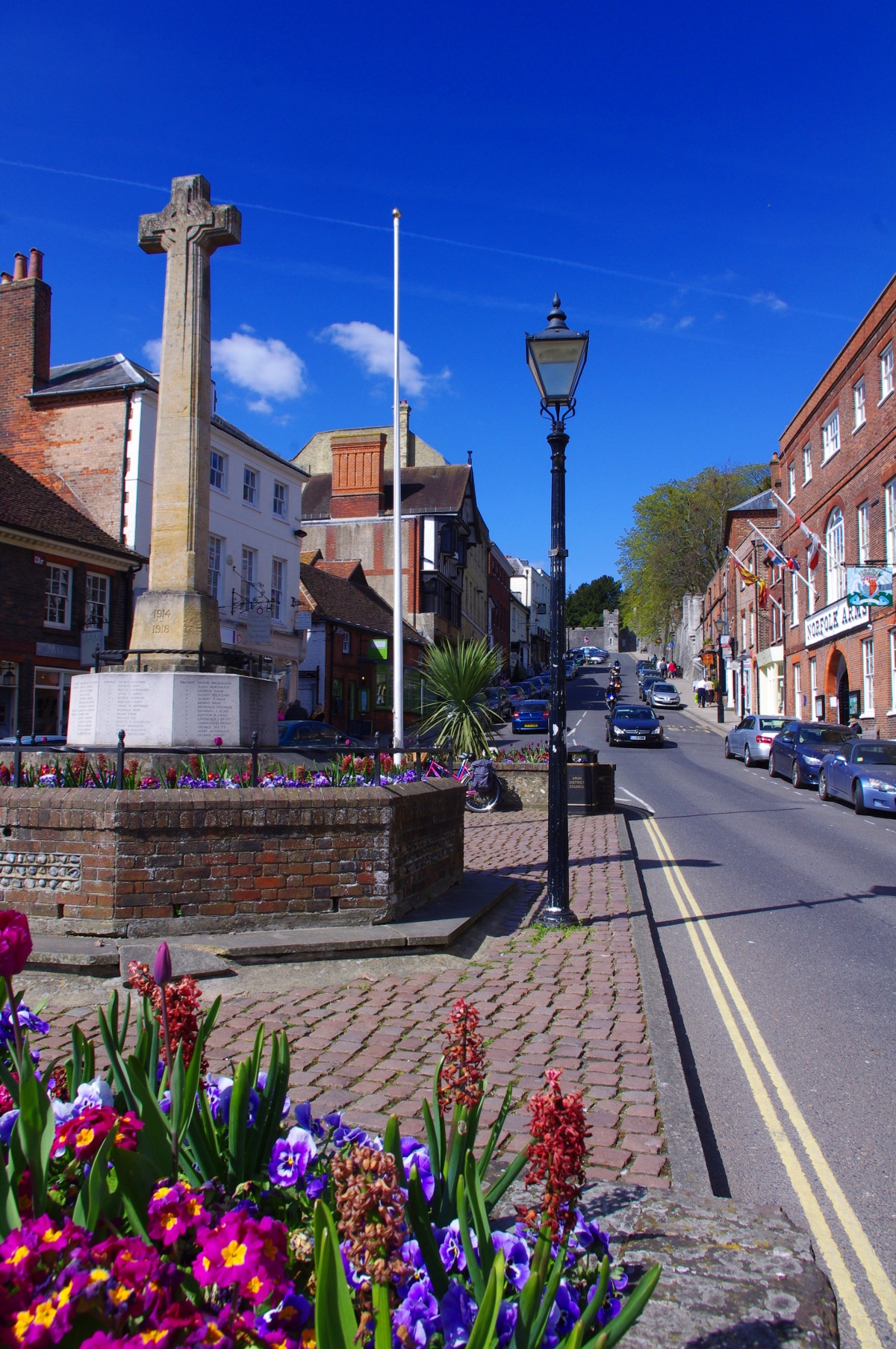
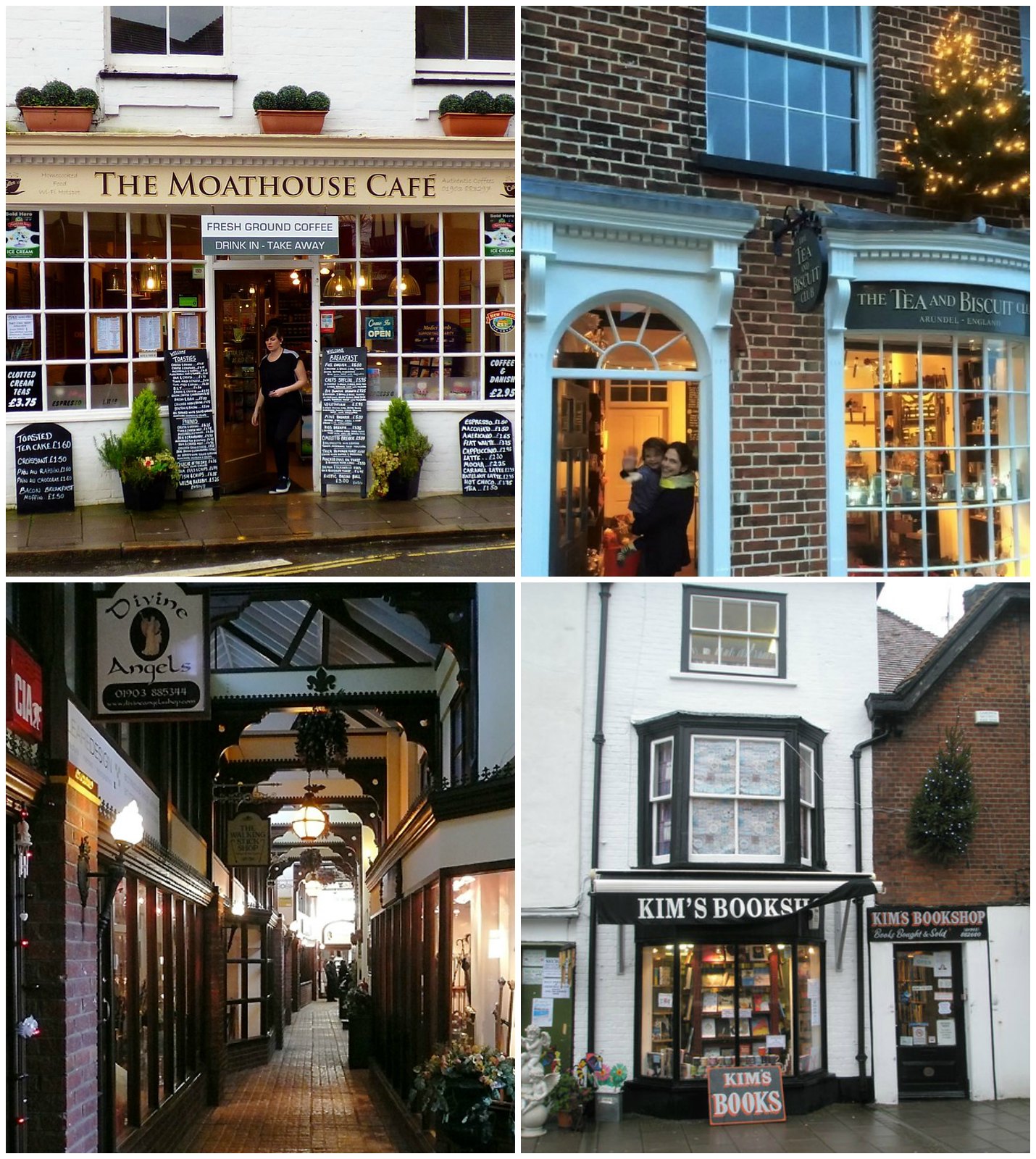
There’s nothing quite like enjoying your favorite beverage in a pub with centuries of history. Arundel has more than its fair share.
The Duke of Norfolk built the Norfolk Arms in 1785. Fashionable visitors from Brighton stayed there and by the early 1800s, it was the chief coaching inn of the town. The room over the entrance archway could accommodate 150 people for dinner.
The Swan Hotel is recorded as far back as 1759 and was a favorite for carriers. Both it and the Red Lion—possibly built as early as 1658—catered to the new pastime of cycling in the late 19th century. St. Mary’s Gate Inn dates from the early 1800s and had its own bowling green at that time.

Passing through Arundel is a long-distance footpath that approximates the route taken by King Charles II when he was on the run after being defeated at the Battle of Worcester by Oliver Cromwell’s “New Model Army”.
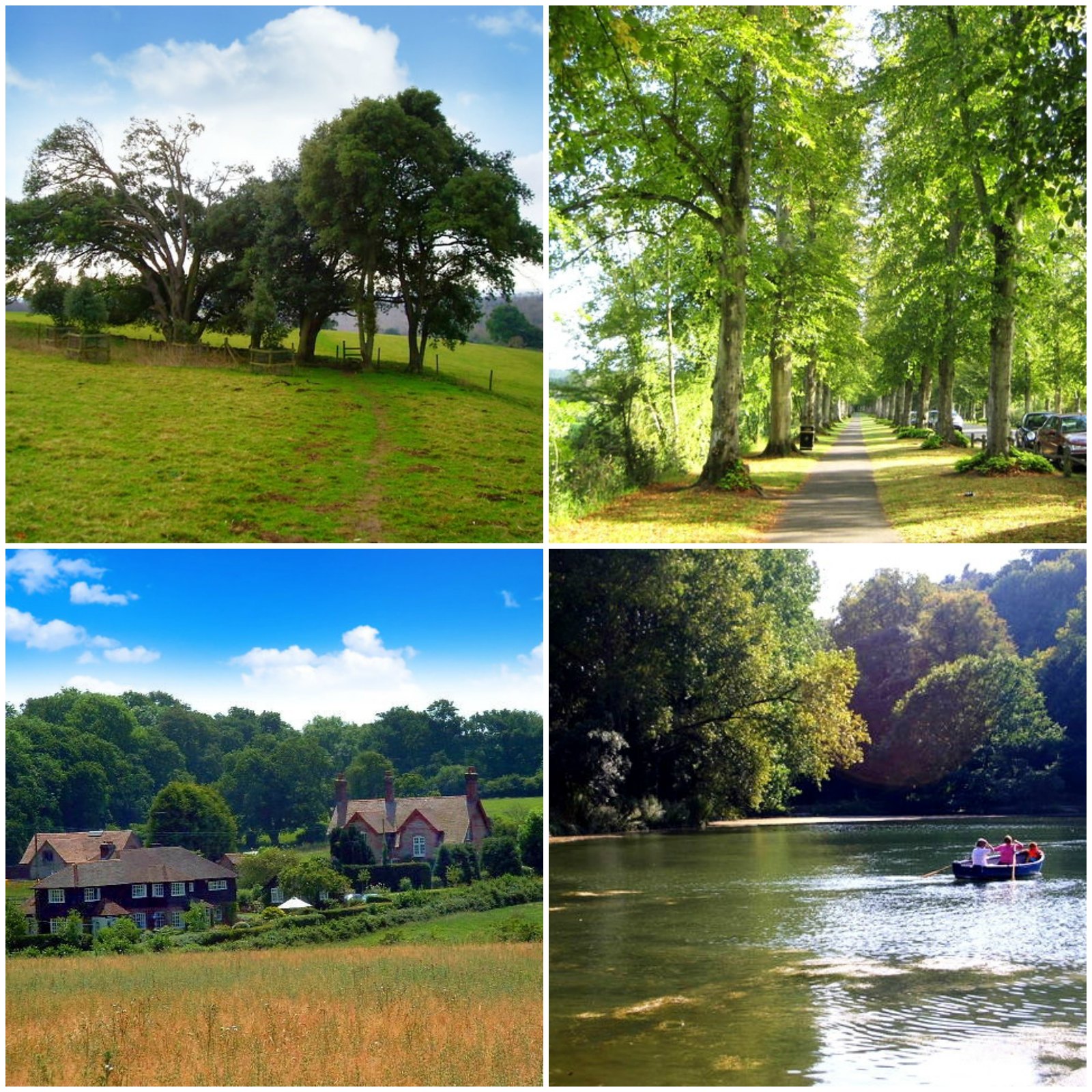
Arundel in Art
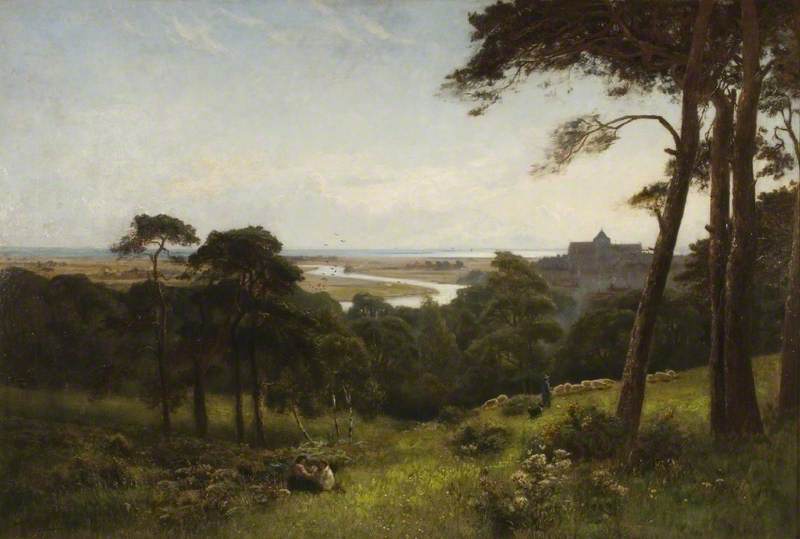

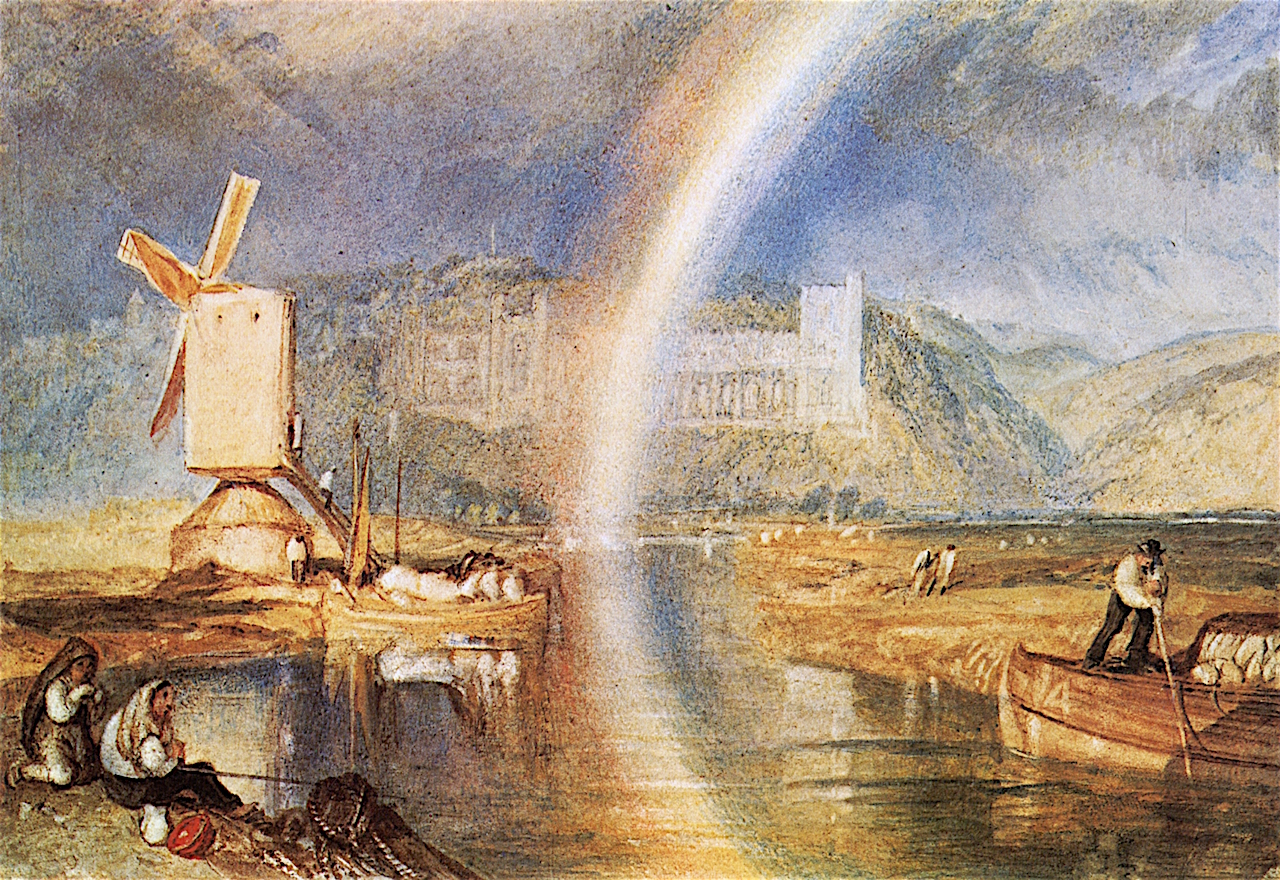
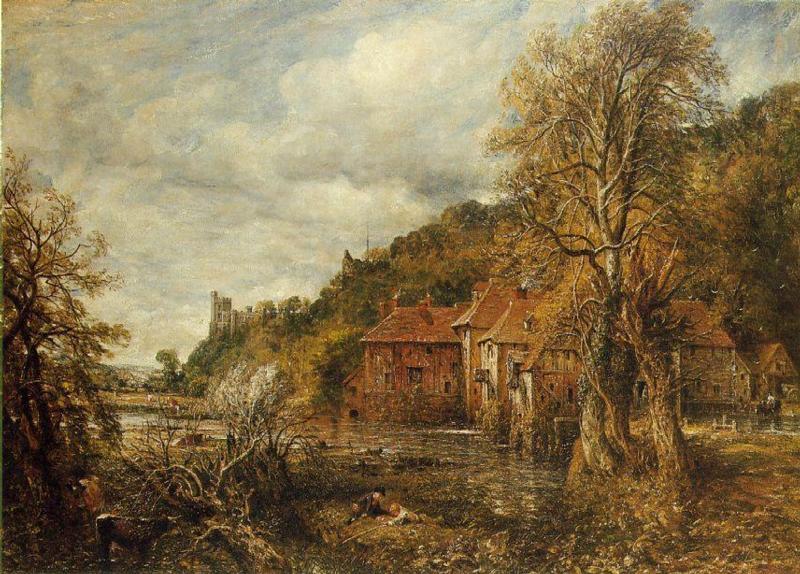
For further information, see the history of Arundel Castle.

